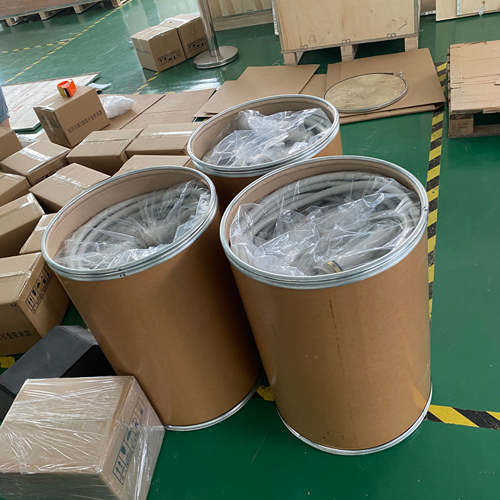The critical role of high-voltage cables in ensuring the reliable and safe operation of medical X-ray machines cannot be overstated. These cables play a crucial role in transmitting the high-voltage electrical power required by X-ray machines to generate the diagnostic images that are indispensable for medical professionals. However, like all components, high-voltage cables have a limited service life, and understanding and managing this aspect is of utmost importance.
The service life of high-voltage cables refers to the duration of time that these cables can perform their function efficiently and reliably. It is influenced by various factors, including the quality of the cables, operating conditions, maintenance practices, and the stress imposed on them.
To understand the factors affecting the service life of high-voltage cables for medical X-ray machines, it is essential to consider the environment in which they operate. These cables are exposed to high voltages, which can lead to insulation breakdown over time if the cables are not adequately designed and manufactured. Therefore, using high-quality cables that are specifically designed for medical X-ray applications is crucial.
Furthermore, the operating conditions surrounding the cables also impact their service life. Factors such as ambient temperature, humidity levels, and exposure to chemicals or radiation can significantly affect cable performance and longevity. For instance, excessive heat can cause insulation degradation, while exposure to moisture can result in corrosion and eventual failure of the cables. Regular inspections and maintenance, including cleaning and ensuring proper ventilation of X-ray equipment, can help mitigate these issues.
Maintenance practices also play a vital role in extending the service life of high-voltage cables. Implementing preventive maintenance programs, including regular inspections and testing, can detect any potential issues before they escalate into major problems. It is important to follow the manufacturer’s recommendations on inspection intervals, as well as proper cable handling and storage procedures. Training and educating staff on best practices for cable maintenance are also essential to ensure the longevity of the cables.
Lastly, the stress imposed on x-ray high-voltage cables directly affects their service life. Factors such as mechanical strain, bending, and twisting can result in cable fatigue, leading to insulation breakdown or conductor damage. It is crucial to handle and install cables carefully, avoiding sharp bends or kinks that could compromise their integrity. Using appropriate cable management systems, such as cable trays or conduits, can also minimize stress and extend the cables’ operating life.
In conclusion, the service life of high-voltage cables for medical X-ray machines is a critical aspect to manage effectively. Using high-quality cables designed for medical applications, considering the operating conditions, implementing regular maintenance practices, and minimizing stress on the cables can significantly extend their service life. By prioritizing the longevity and reliability of these essential components, medical professionals can ensure uninterrupted and accurate diagnostic imaging, ultimately benefiting patient care.
Post time: Nov-22-2023


